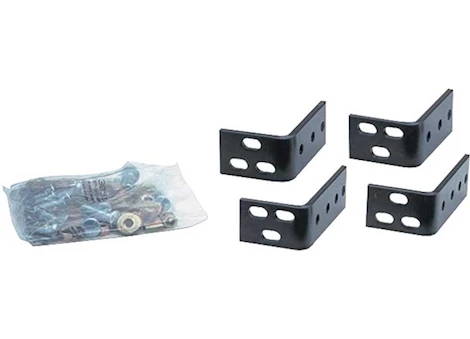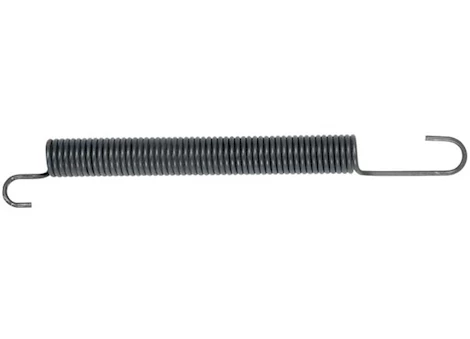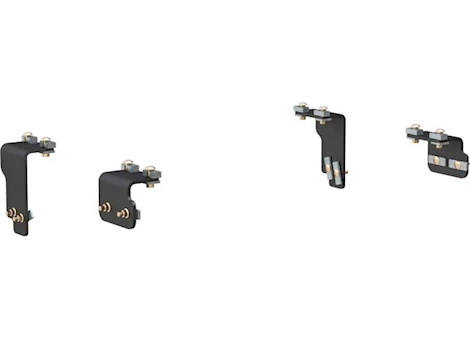B&W Fifth-Wheel Hitch:
The B&W Companion Fifth Wheel Hitch is known and beloved by RV enthusiasts, not just for its power but for its ease of use and seamless operation. It's designed with ultra-strong and secure polyurethane bushings for quiet, smooth rides, free of rough, jerking movements. A fully articulating head allows for both front-to-back and side-to-side pivoting. This makes hitching and unhitching a breeze. Their latching handles provide an easy release, even on unlevel surfaces. With its wide stance and fortified engineering, you can count on the B&W Companion Fifth-Wheel Hitch for strong, stable towing.
Draw Tite Pro Series 20k Fifth Wheel Hitch:
The Draw Tite Pro Series 20k Fifth-Wheel Hitch offers some of the best value you can on a hitch for hauling abilities of up to 20,000 pounds. Its design boasts several advanced features for stability, security, and smooth towing. On the Pro Series 20k, you’ll find a jaw handle and tab for the option of padlock security, a 4-way pivoting head, and a floating head for easy connection on uneven ground. The double-jaw enveloped kingpin reduces wear and tear on your rig. Even with all of these heavy-duty features, the Pro Series 20k is still easy to install and remove for full truck bed access. Equipped with pre-lubricated side joints, the operation of this hitch is tight and efficient. The Draw Tite Pro Series 20k Fifth-Wheel Hitch makes life easier for the avid camper enthusiast and is well worth the investment!
The Curt Q24 Fifth-Wheel Hitch:
If there were heavyweights of fifth-wheel hitches, The Curt Q24 would be at the top of the class. This fifth-wheel hitch weighs in at a hefty 136 pounds. With dual locking jaws and three-position couplers, you can rest assured that this thing can get into position and haul some serious cargo. It’s strong enough to handle a whopping 24,000 pounds of equipment, camper weight, or whatever you throw on it. This is especially great for those with deluxe RVs or oversized campers. It features a self-aligning head, single-handle operation, and a durable carbide powder coat finish for longevity.
The Q in “Curt Q24” stands for quiet—its spherical axial bearing achieves advanced levels of noise control. This feature sets it apart from competitors with the typical set of rods because the spherical bearing can allow for omnidirectional pivoting. The Curt Q24 Fifth Wheel Hitch was designed for smoother turns, quieter rides, and heavy lifting that takes a lot of the wear and tear off your truck and trailer!




